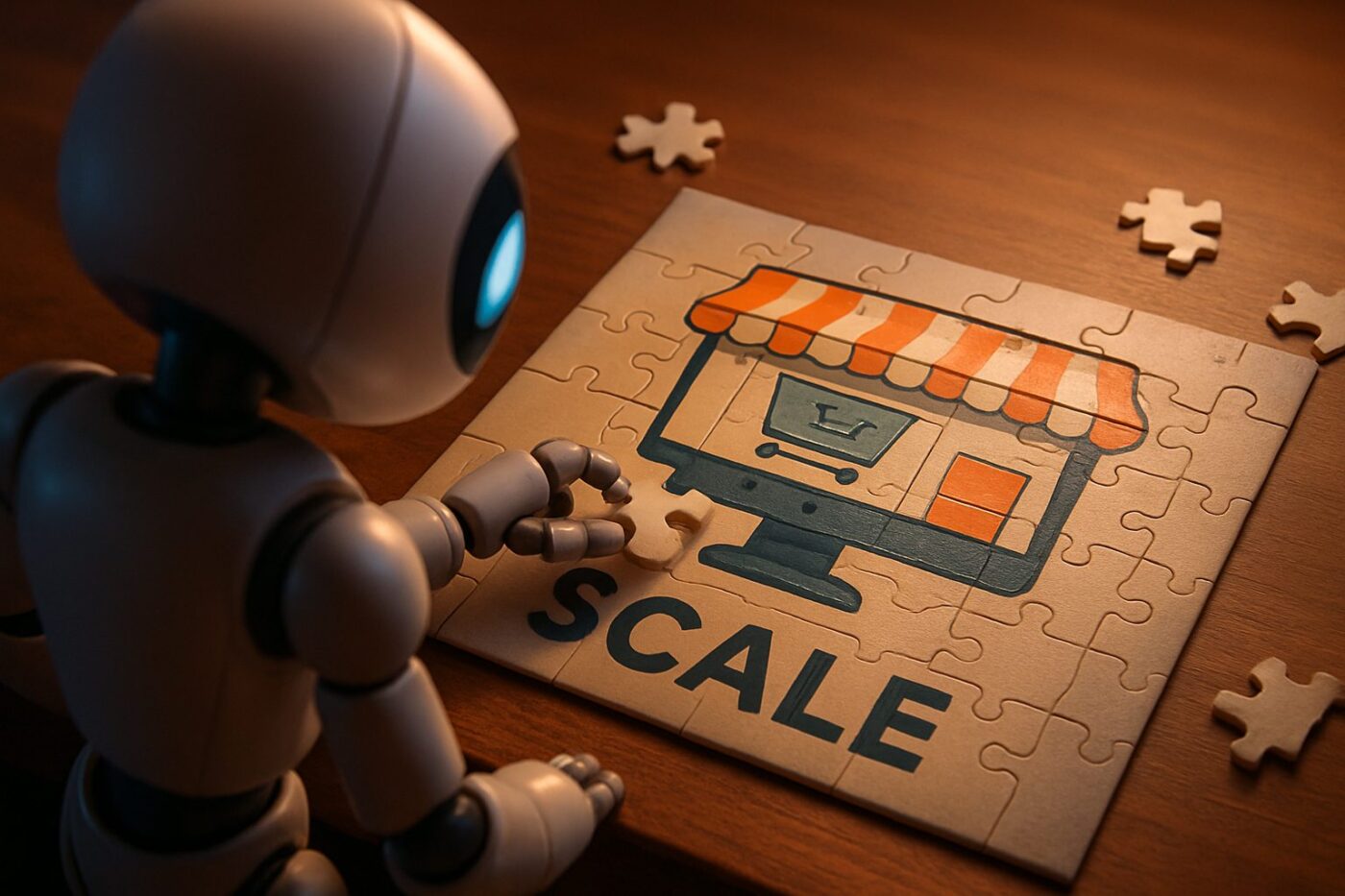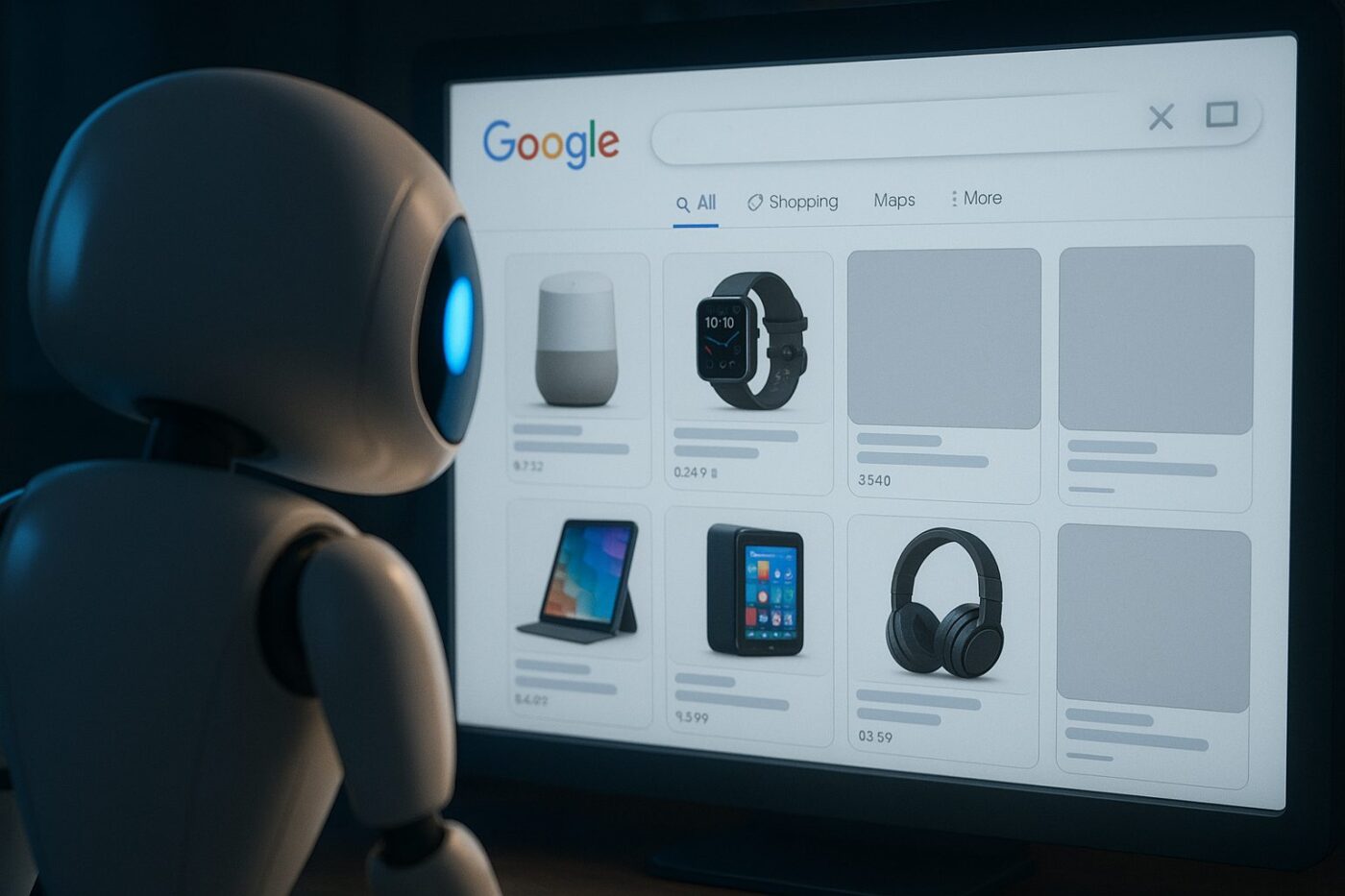Marketing with AI Translation: Smarter Localization at Scale

AI Translation is no longer an option, especially for scaling.
Global marketing has one unsolved problem: language.
The more borders your brand crosses, the more bottlenecks you hit.
Slow localization cycles, spiraling translation costs, and campaigns that land with all the emotional depth of a Google Translate fail. Traditional localization simply can’t keep up with the speed of modern commerce.
But AI translation can.
Armed with neural networks, deep learning, and real-time scalability, AI-powered translation is rewriting the rules of global marketing.
No longer an experiment, it’s become a strategic lever. From product copy to video ads, brands are now localizing content faster, cheaper, and more effectively, without losing nuance or cultural relevance.
And the payoff? 96% of marketers report positive ROI from AI-driven localization efforts.
This isn’t the future of marketing, it’s happening right now.
The Business Case for AI Translation
The numbers tell a loud, clear story: AI translation has gone mainstream.
In 2024, the global market for AI translation was valued at $2.34 billion.
By 2030, that number is expected to more than triple to $7.16 billion, growing at a blazing 25.2% CAGR. This is not just digital transformation, it’s a full-blown industry shift.
Adoption rates back that up:
- 88% of all content localization now runs on AI translation
- 98% of marketers are actively using machine translation in their workflows
The message? If you’re not already using AI for localization, you’re behind.
But there’s a catch… Use AI for things that don’t involve emotion, culture, and interpretation. Because AIs don’t think, and it can produce weird outputs, and these areas are sensitive.
Instead, hire a human translator and invite him to use AI to speed up the process.
Speed and Cost Efficiency
Traditional localization timelines?
Think 4–6 weeks to roll out a multilingual campaign.
AI translation systems can now compress that to hours, even minutes.
Platforms today can churn through 40,000 words per minute, making it possible to launch global campaigns simultaneously, not sequentially.
That speed is matched by cost savings, brands using AI-powered localization platforms like Smartling and Unbabel report up to 60% reductions in translation costs.
Users of Ovesio, did not only save up to 80% by using their automatic translations engine, but they also got the results infinitely faster, compared to human translators.
ComputerShop.EU, client of Ovesio, translated over 9,000 products to over 27 languages, and now is getting sales consistently from European customers.
Case-in-Point: Amobear’s Global Ad Win
Vietnamese mobile game developer Amobear used Google’s AI-powered Video Ads Dubbing tool to localize creative for new markets. The result?
- +45% in click-through rates
- +8% return on ad spend (ROAS) in Germany alone
One AI-powered tweak. Huge global payoff.
How AI Translation Is Changing Marketing Operations
Speed is only half the story. What sets today’s AI translation apart is how good, really good, it has become.
State-of-the-art models now deliver up to 85% professional-level accuracy straight out of the box .
And when paired with Translation Memory and Glossary Management Tools, that accuracy turns into long-term consistency, your brand voice doesn’t just translate, it travels.
Even better? We’re entering the age of the zero-edit workflow.
In certain contexts, especially for structured content like product descriptions or support articles, AI-generated translations are clean enough to ship as-is.
That’s not just productivity, it’s scalability unlocked.
AI + Human = The Winning Formula
Despite all the neural wizardry, AI isn’t replacing human translators, it’s amplifying them.
According to CSA Research, 99% of companies still use human reviewers in the loop. Why? Because while AI nails speed, scale, and syntax, only humans can catch the cultural landmines and emotional tones that turn good localization into great marketing.
It’s the hybrid model that wins:
- AI handles the heavy lifting, the volume, the deadlines, the grunt work.
- Humans elevate the message, adding empathy, nuance, and relevance.
Real-World Proof: 86 Markets, 433% More Leads
Localization firm Welocalize worked with a global tech giant to overhaul their international content strategy. The result:
- 433% increase in global leads
- 42% stronger sales pipeline across 86 countries
The secret sauce? AI-powered translation at scale, backed by human quality control.
Strategic Implementation Framework
Not all AI translation platforms are built the same. The key is aligning your tech stack with your marketing goals.
| Feature | Key Platforms |
|---|---|
| Integration | Smartling, Phrase |
| Brand Customization | Smartcat, DeepL |
| Real-time Translation | Google Translate |
| Cost Efficiency | Copy.ai, MachineTranslation.com |
| E-Commerce | Ovesio’s Translation Engine |
From deep API integrations to brand tone training, the right tool can make or break your localization workflow.
Best Practices for AI Localization Rollout
1. Start small, think big
Begin with high-volume, low-risk content, like FAQs, product descriptions, and onboarding emails. Let AI prove itself.
2. Build in quality controls
Set up workflows where human reviewers can audit and fine-tune translations, especially for high-stakes content like ads or legal copy.
3. Don’t silo, integrate
Plug your translation tools into your existing CMS, email, and content ops systems. Automation is the key to speed. Right now, one of the few tools that can do automatic translations integrated with CMS, is Ovesio.
4. Measure what matters
Track impact through engagement rates, conversion lift, and time saved. Show leadership why this isn’t just a tech upgrade, it’s a revenue multiplier.
Conclusion: Translate Smarter or Fall Behind
AI translation is no longer a futuristic option, it’s a strategic imperative.
Marketing teams leveraging AI aren’t just translating faster. They’re scaling campaigns, cutting costs, and maintaining brand integrity across dozens of markets, all while responding in real time to global demand.
With cross-border eCommerce projected to hit $1.2 trillion in 2025, those who adopt early will seize market share while competitors scramble to catch up.
Right now the best opportunity for Multilingual E-Commerce is Europe and here’s why: Why Europe Is the #1 Growth Opportunity for E-Commerce Brands
The winning approach isn’t choosing between humans or AI.
It’s AI for speed and volume, humans for soul and context.
Translate smarter. Or risk being lost in translation.
FAQ: AI Translation in Marketing
Is AI translation accurate enough for brand messaging?
Yes, AI can deliver up to 85% professional-level accuracy, especially when paired with glossary tools and human review.
The best areas for AI translation are product descriptions, testimonials, FAQs, Knowledge Bases, product specifications, title, etc.
Can it really save money?
Absolutely. Businesses see up to 60% cost savings and 400% faster turnaround times using AI translation tools.
What content should I localize with AI first?
Start with product descriptions, email campaigns, and FAQs, high-volume, low-risk content that benefits most from automation.
How do I ensure cultural relevance?
Use a hybrid model. Let AI handle the bulk translation, and have human experts refine tone and cultural fit.
What are the top platforms for marketing localization with AI?
Some of the best include: Ovesio for E-Commerce, Smartling, DeepL for Legal, Smartcat, MachineTranslation.com for Developers, and Copy.ai.
Looking To Integrate Your E-Commerce In Europe?
It can be extremely time-consuming and it will definitely give you tons of headaches if you’re not prepared.
I have something for you, and it’s 100% free.
The EU Integration Checklist 2.0 is a tool meant to help you integrate in your business in Europe much faster.
If you are not sure about selling in Europe… Think about the fact that the E-Commerce Market in the US is worth only $8.3 Trillion, as of 2025. That’s only 30% compared to the Global E-Commerce Market worth $28 Trillion.
In Europe, the E-Commerce Market is worth $6T, projected to reach $18.8 Trillion by 2033.
Take your time!
Click the image below for the link 👇






